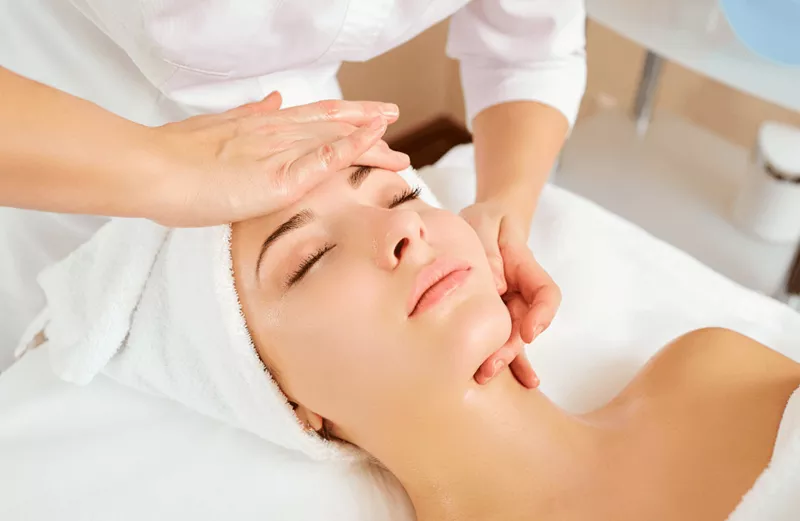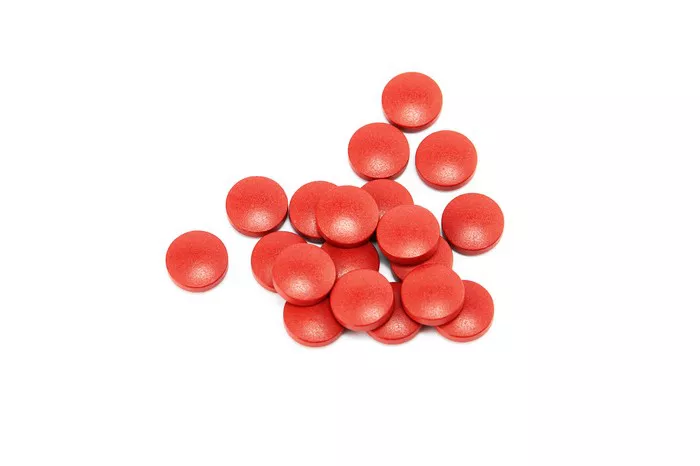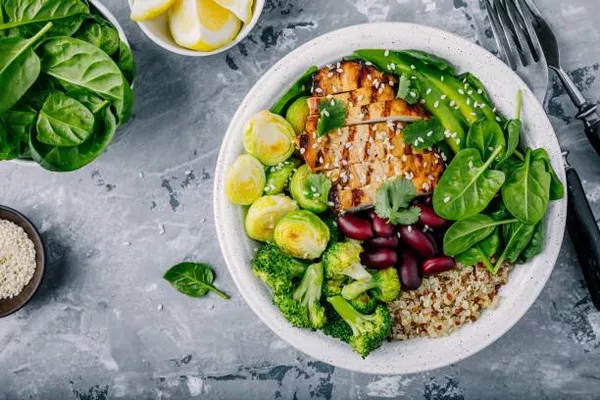Pimple marks can feel like they linger far longer than the breakouts that caused them. While a zit may last just a few days, the dark spots and scars left behind can take weeks, months, or even years to fade. For many people, this lingering discoloration becomes a frustrating reminder of acne struggles. It can affect self-esteem and lead to a never-ending search for effective remedies. Amid countless creams, serums, and treatments promising to erase marks, one ancient ingredient continues to capture attention—honey.
Natural, golden, and delicious, honey has long been praised for its healing powers. Across cultures and centuries, it’s been used for wound care, hydration, and even beauty rituals. But can something as simple as honey actually remove pimple marks? This article explores the science behind honey’s healing properties, how it interacts with skin, and whether it truly works on acne scars and hyperpigmentation. With modern research and traditional wisdom combined, we’ll uncover whether honey is a miracle treatment or just another sweet myth.
What Are Pimple Marks and Why Do They Happen?
Pimple marks are the dark, pigmented spots that remain after a breakout has healed. These marks are also called post-inflammatory hyperpigmentation (PIH). When a pimple causes inflammation in the skin, the immune system sends repair cells to the area. During this process, the skin may produce extra melanin, the pigment responsible for skin color. This leads to a darkened area that can persist even after the pimple itself is gone.
In more severe cases, especially when pimples are picked or squeezed, the skin’s deeper layers can be damaged. This can result in scarring, such as indentations or raised marks. These are more difficult to treat than pigmentation and often require medical intervention like lasers or chemical peels. However, for most people dealing with mild to moderate pimple marks, topical treatments—including natural remedies like honey—can help fade discoloration over time.
The Healing Powers of Honey
Honey isn’t just a sweetener—it’s a natural antibacterial and anti-inflammatory agent. These properties come from its rich chemical makeup. Raw honey contains enzymes, antioxidants, and organic acids that work together to nourish and protect the skin. The most well-known type, Manuka honey, has particularly potent antimicrobial effects due to a compound called methylglyoxal (MGO).
When applied to the skin, honey creates a moist healing environment and forms a protective barrier. This helps prevent infection, soothes irritation, and speeds up tissue repair. It also encourages the shedding of dead skin cells, which can help fade dark spots gradually. These benefits make honey especially effective during the early stages of skin healing—when pimple marks are still new and responsive.
Can Honey Really Lighten Dark Spots?
The key to fading pimple marks lies in reducing inflammation and encouraging cell turnover. Honey plays a role in both processes. By calming inflamed skin and hydrating it deeply, honey helps regulate melanin production, which may prevent marks from getting darker. Its mild exfoliating effect also supports the removal of pigmented skin cells over time.
Several studies have shown that honey promotes wound healing and helps improve skin tone. Though honey doesn’t bleach the skin like some synthetic ingredients, it works gradually and gently to even out complexion. When used consistently, especially in combination with other natural brightening agents like lemon juice or turmeric, honey can help reduce the visibility of pimple marks.
However, it’s important to manage expectations. Honey is not a fast-acting depigmenting agent. It won’t deliver overnight results or erase scars completely. But it’s a safe, gentle addition to a skincare routine that supports healing and skin renewal.
How to Use Honey for Pimple Marks
Using honey for pimple marks is simple, but to see results, you must apply it regularly. Start with raw, unprocessed honey—Manuka honey is best, but regular organic honey can still offer benefits. Always cleanse your face first to remove dirt and oil.
Apply a thin layer of honey directly onto the pimple marks and let it sit for 15 to 30 minutes. Then rinse with warm water and pat dry. This can be done once or twice daily. If you want to create a more targeted treatment, try mixing honey with a few drops of lemon juice (for brightening) or aloe vera gel (for soothing). Be cautious with lemon juice, as it can make skin sensitive to sunlight.
Another method is to use honey as an overnight mask. Apply a small amount to affected areas before bed and rinse it off in the morning. This is especially effective for dry or irritated skin, as honey locks in moisture while you sleep.
Why Manuka Honey Stands Out
Not all honey is created equal. Manuka honey, produced by bees that pollinate the Manuka bush in New Zealand, contains unique compounds not found in regular honey. Its high MGO content gives it powerful antibacterial and healing properties, making it a favorite for treating acne and reducing scarring.
Research shows that Manuka honey can inhibit the growth of acne-causing bacteria and accelerate wound healing. When applied to pimple marks, it can help prevent new breakouts while supporting the repair of damaged skin. Though more expensive than regular honey, Manuka honey is worth considering for those who want maximum results from their natural skincare routine.
Always check for genuine Manuka honey with a Unique Manuka Factor (UMF) rating of 10+ or higher. This ensures you’re getting a high-potency product with clinically tested properties.
Honey vs. Other Natural Remedies
Honey is not the only natural treatment used for fading pimple marks. Aloe vera, turmeric, tea tree oil, and rosehip oil are all popular choices. Each offers unique benefits. Aloe vera is deeply soothing and hydrates the skin. Turmeric contains curcumin, which has anti-inflammatory and brightening properties. Tea tree oil fights acne-causing bacteria, and rosehip oil is rich in vitamin A and essential fatty acids that support skin repair.
What sets honey apart is its ability to do several things at once. It’s antimicrobial, hydrating, calming, and mildly exfoliating. It also blends well with other ingredients, making it a versatile base for DIY treatments. Unlike harsh chemicals, honey rarely causes irritation, even when used daily.
Combining honey with other gentle ingredients can create a balanced skincare solution for those who want to treat pimple marks naturally without risking dryness or sensitivity.
Scientific Evidence and Limitations
While honey’s healing properties are well-documented in wound care and general skin health, there is limited scientific research specifically targeting its effect on post-acne pigmentation. Most evidence is anecdotal or based on its general properties like promoting cell turnover, reducing inflammation, and fighting infection.
Clinical studies support the use of honey in treating burns, ulcers, and minor skin injuries. These studies show faster healing, reduced scarring, and lower risk of infection when honey is applied topically. It’s reasonable to conclude that these benefits extend to minor acne lesions and residual marks, especially when combined with a comprehensive skincare routine.
However, honey may not be effective for deep scars such as ice-pick or boxcar acne scars. In such cases, professional treatments like microneedling, laser therapy, or chemical peels are often required. Still, honey can play a supportive role in post-treatment care to minimize inflammation and speed recovery.
Safety Tips and Considerations
Although honey is generally safe for all skin types, it’s important to take a few precautions. Always do a patch test before applying honey to your face, especially if you have sensitive or reactive skin. Apply a small amount to your forearm and wait 24 hours to check for any irritation or allergic reaction.
If you’re using honey mixed with other ingredients like lemon juice or turmeric, be cautious. These can cause redness or increased sun sensitivity. Always follow up with sunscreen, especially when using any natural remedy aimed at brightening or exfoliating.
Also, avoid using processed or flavored honey, as these often contain added sugars and preservatives that are not suitable for skin application. Look for raw, unfiltered honey from trusted sources, and store it in a cool, dry place to preserve its potency.
Realistic Expectations and Consistency
It’s easy to get excited about natural remedies, especially when they seem so accessible and harmless. But even natural treatments require commitment and time. Honey won’t transform your skin overnight, but with regular use—especially when combined with good hygiene, a healthy diet, and sun protection—it can visibly improve skin tone and reduce the prominence of pimple marks.
Consistency is key. Applying honey once a month won’t make much of a difference. Daily or every-other-day use is recommended, and visible results may take four to eight weeks. Tracking your skin’s progress with photos can help you stay motivated and assess your routine honestly.
Also, remember that honey works best as part of a bigger plan. Cleanse gently, exfoliate regularly (but not excessively), moisturize your skin, and avoid picking at blemishes. When you create an environment that supports healing, honey becomes a powerful ally rather than a miracle cure.
Conclusion
So, can honey remove pimple marks? The answer is yes—with patience and the right approach. Honey is not a magic eraser, but its unique combination of antibacterial, anti-inflammatory, and hydrating properties makes it a valuable tool in your skincare routine. It gently fades discoloration, supports healing, and protects the skin from further damage.
If you’re looking for a natural, affordable, and soothing way to treat pimple marks, honey is worth trying. It’s safe for most skin types, easy to use, and backed by centuries of traditional use along with modern scientific insights. While it won’t replace professional treatments for deep scars, honey shines as a humble, effective solution for everyday skin healing—proving that sometimes, nature really does know best.






























